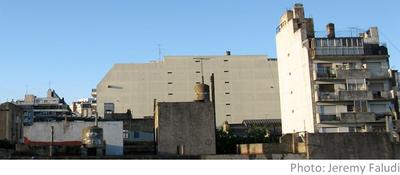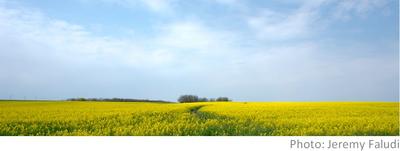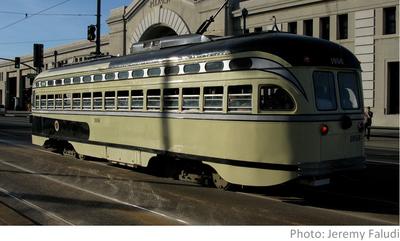You are here
Whether or not a building is net zero energy, part of its sustainability is related to its land use. Continuing to convert more wild lands and farmlands into building sites is unsustainable, and there is much land area available in cities that can be redeveloped more densely and sustainably.
Greenfield / Greyfield / Brownfield
 |
 |
| A greyfield site. | A greenfield site. |
Sites that have not been built on before are called "greenfield" sites, and are best left unbuilt. Impact to greenfield sites can be mitigated by having a small footprint of building and other hardscape, and by covering buildings and hardscape with vegetated roofs, especially by using local native plant species.
Sites that have already been built on are called "greyfield" sites. Building on them not only avoids the destruction of wild lands or farmland, it often benefits them, since the right kinds of development can make neighborhoods more vibrant, walkable, and more cost-effective to provide good transit to.
Sites that have been polluted by former development or industry are called "brownfield" sites. It is an ecological benefit to clean up brownfield sites and redevelop them so they can become a productive part of society.
Site Accessibility
 |
| Public transit increases site accessibility. |
While building energy use is one of the biggest sources of global warming and other pollution, cars are one of the other biggest sources. Therefore, it is very important to choose a site that is easily accessible to the building's users by foot, by bicycle, and by public transit. Tools like Walkscore.com can help measure the walkability and transit access of different sites.
Light Pollution
 |
| Light pollution can cause problems for surrounding ecosystems. |
One environmental consideration that is often neglected in buildings is light pollution. This can have an adverse effect on wildlife by confusing normal cues of day and night or lunar cycles, as well as having subtle effects on humans and degrading our view of the night sky. Locations near wild lands have stricter requirements to avoid light pollution, while urban sites have less strict requirements.
